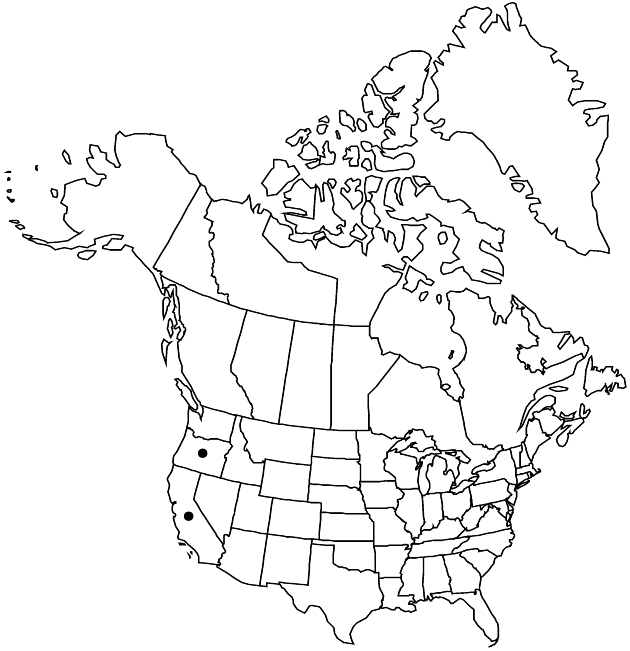Hazardia whitneyi
Pittonia 3: 43. 1896.
Perennials (from woody rootstocks) or subshrubs, 20–50 cm. Stems scabrid to sparsely tomentulose, distally stipitate-glandular. Leaves sessile; blades widely oblong to oblanceolate, 25–50 × 7–16 mm, subcoriaceous, bases subclasping (distal), margins serrate, apices acute, faces glabrous, sparsely puberulent, or glandular-scabrid. Heads borne singly or in spiciform, racemiform, or cymiform arrays. Involucres campanulate, 11–13 × 8–12 mm. Phyllaries sometimes recurved, linear-lanceolate, apices acute, herbaceous and stipitate-glandular. Ray florets 0 or 5–18, sterile; corollas longer than involucres, conspicuous. Disc florets 15–30; corollas 8–10 mm. Cypselae 5–10 mm, glabrous.
Distribution

Calif., Oreg.
Discussion
Varieties 2 (2 in the flora).
Selected References
None.
Key
| 1 | Ray florets 0 | Hazardia whitneyi var. discoidea |
| 1 | Ray florets 5–18 | Hazardia whitneyi var. whitneyi |